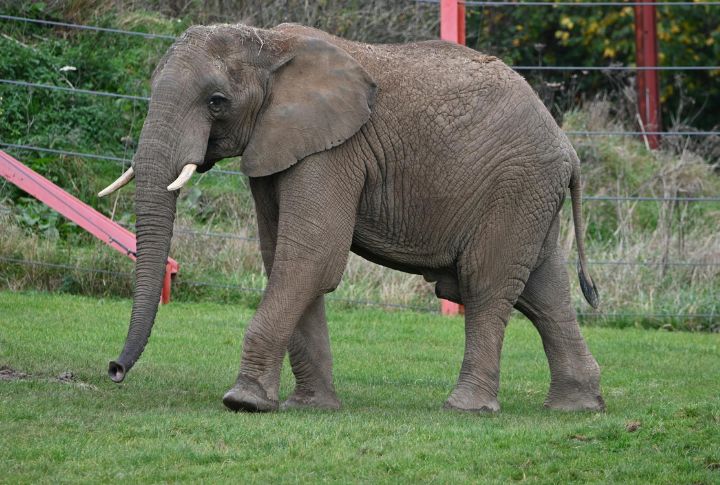
The thought of elephants roaming the Great Plains might seem unlikely, but forward-thinking conservationists are giving it serious consideration. Blending science with ambitious ecological restoration, this idea could change one of North America’s largest ecosystems. So, let’s explore the history of elephants on the continent, the challenges of bringing them back, and the potential impact of their return.
Ancient Elephant Relatives Shaped North America
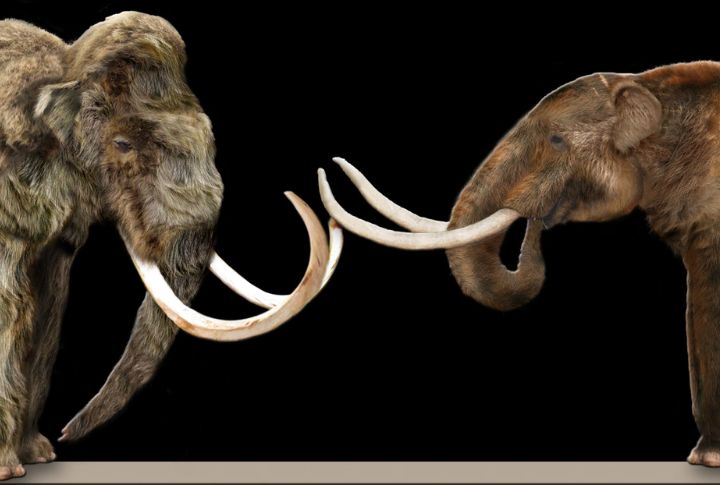
Millions of years ago, mammoths and mastodons—ancient relatives of today’s elephants—roamed North America. These large herbivores influenced ecosystems by grazing on plants, uprooting trees, and trampling soil. Their activities maintained open grasslands and diverse habitats, supporting a variety of other wildlife species, from birds to large predators.
Ecosystem Engineers Of The Pleistocene Era
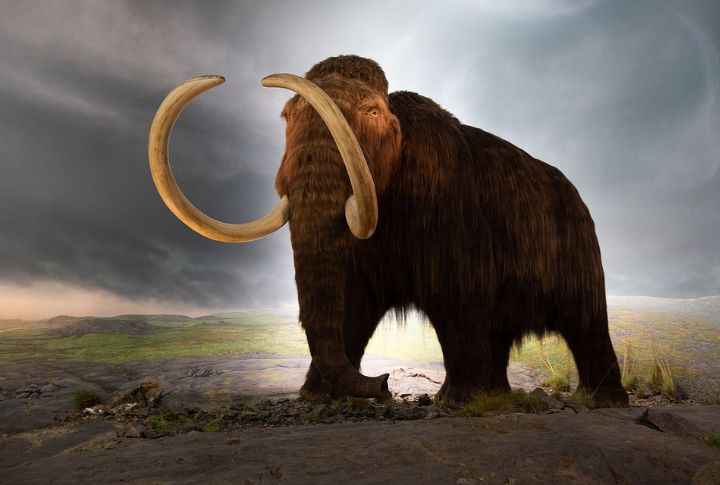
As ecosystem engineers, these prehistoric elephants controlled vegetation growth and nutrient cycles. The animals’ foraging habits prevented woody plant overgrowth and encouraged fire regimes that sustained grasslands. However, their extinction caused cascading effects, altering plant communities and animal populations, fundamentally changing North America’s ecosystems.
Climate Change And Habitat Transformation
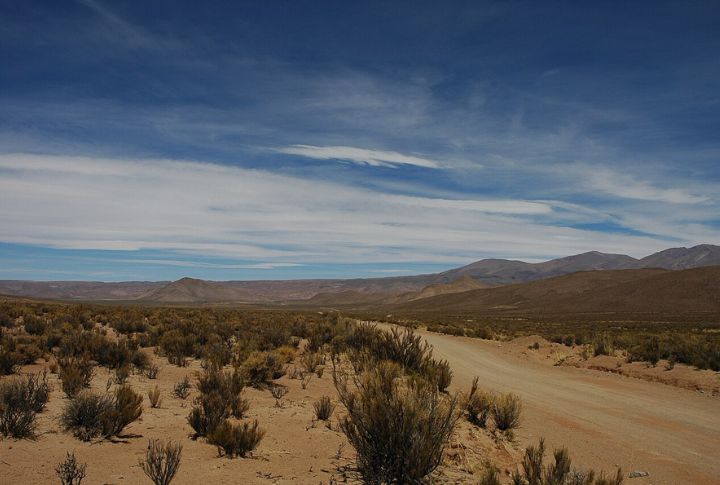
At the end of the last Ice Age, roughly 11,700 years ago, rapid warming transformed North America’s environment. Shrinking glaciers and changing weather patterns altered vegetation zones and reduced suitable habitat for mammoths and mastodons. This climatic upheaval stressed populations and fragmented their ranges, and this made survival more difficult.
Human Hunting Pressure

Simultaneously, early humans expanded across the continent and hunted megafauna for food and resources. Archaeological evidence shows mammoth bones with tool marks, which suggest that humans contributed heavily to their decline. The combination of overhunting and environmental change created a “double jeopardy” that drove many species to extinction.
The Ecological Void Left Behind

With the disappearance of these giants, ecosystems lost key functions like large-scale vegetation control and seed dispersal. Woody plants spread unchecked, altered fire patterns, and reduced grassland areas. Such a shift had long-term impacts on other wildlife and ecosystem stability that persist to this day.
Modern Elephants As Ecological Proxies
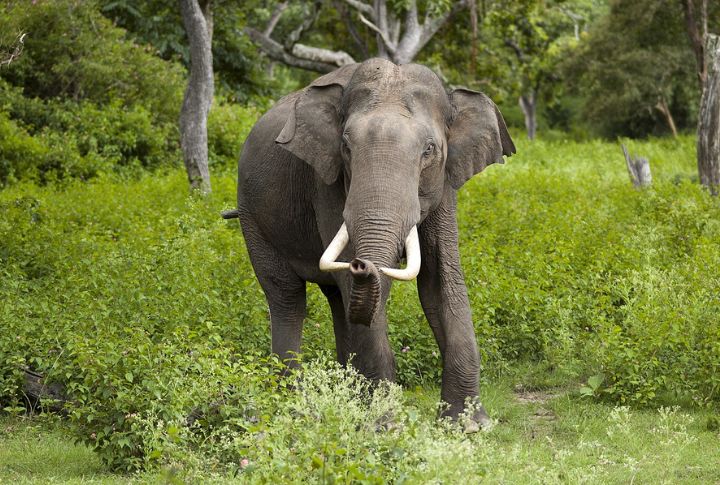
Recently, scientists have proposed reintroducing African or Asian elephants to replicate the ecological roles of extinct megafauna. Elephants’ browsing and seed dispersal could restore grassland dynamics and biodiversity. Their presence may revive ecosystem services that mammoths and mastodons once provided on the Great Plains.
Genetic Advances And Climate Adaptation
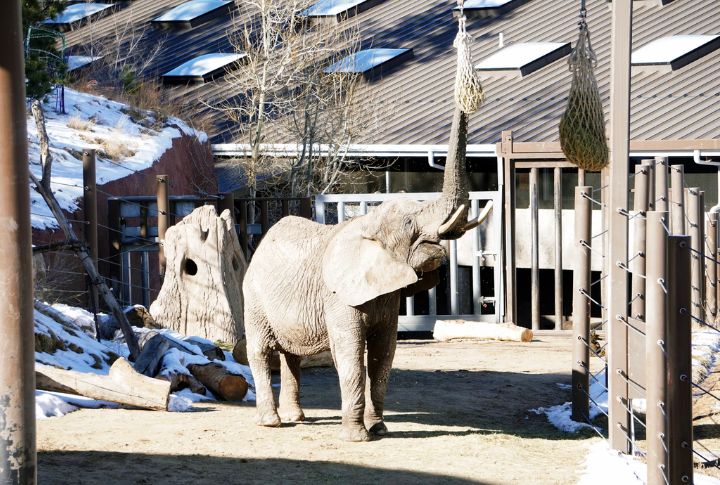
Research focuses on breeding elephants with cold-tolerant traits inspired by Asian elephants’ ability to survive colder environments. Genetic techniques, including selective breeding and possible de-extinction efforts, aim to develop herds suited to the Great Plains’ seasonal extremes. These innovations are vital for long-term survival outside typical tropical habitats.
Ecological And Social Challenges
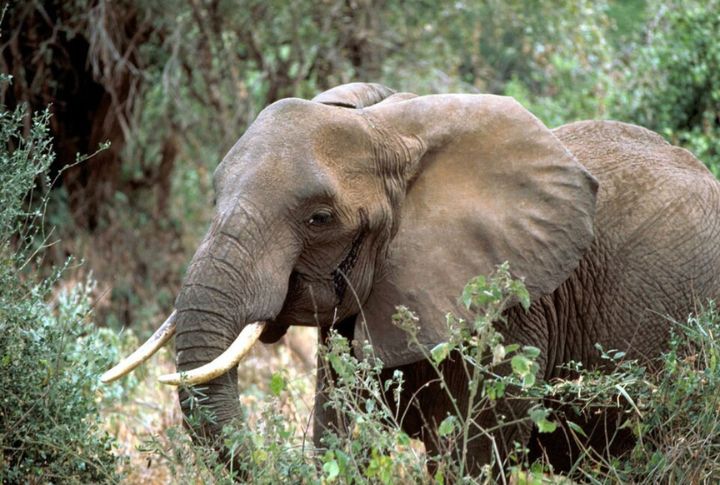
Introducing elephants poses risks, including potential ecosystem disruption and competition with native species. Human-elephant conflicts are likely, given farming and ranching in the Plains. Successful coexistence demands community engagement, effective mitigation strategies, and well-planned wildlife corridors to minimize damage and foster acceptance.
Ecological Benefits And Carbon Capture
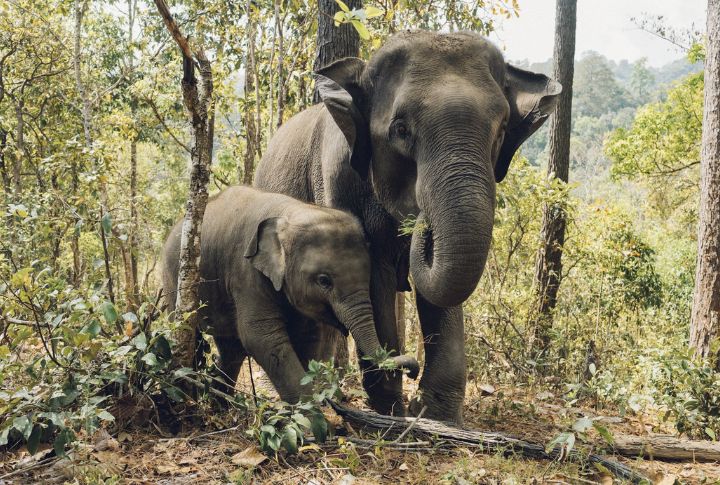
In contrast, elephants can help maintain open grasslands by controlling woody plant overgrowth, promoting biodiversity. Their ecosystem engineering may improve soil carbon sequestration, aiding climate change mitigation. These ecological services demonstrate the restoration’s potential beyond biodiversity, linking wildlife management to global environmental goals.
Economic And Ethical Considerations

Restoration could boost ecotourism, generating revenue and jobs for rural areas. However, ethical debates focus on animal welfare and cultural impacts, especially regarding indigenous communities. Clear legal frameworks and inclusive dialogue are essential to address these complexities and ensure that rewilding respects nature and people.

